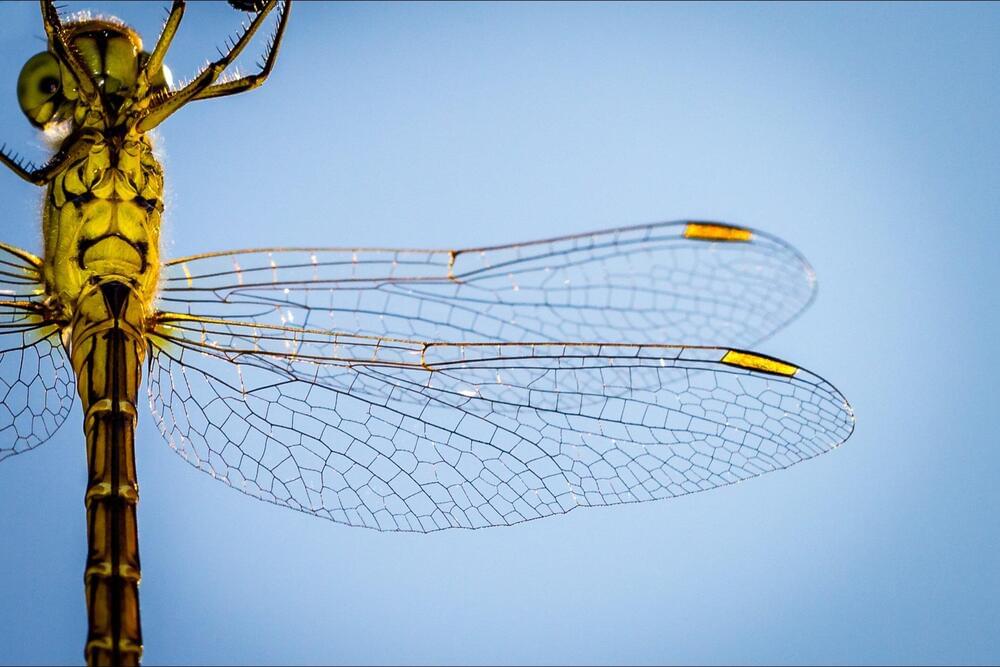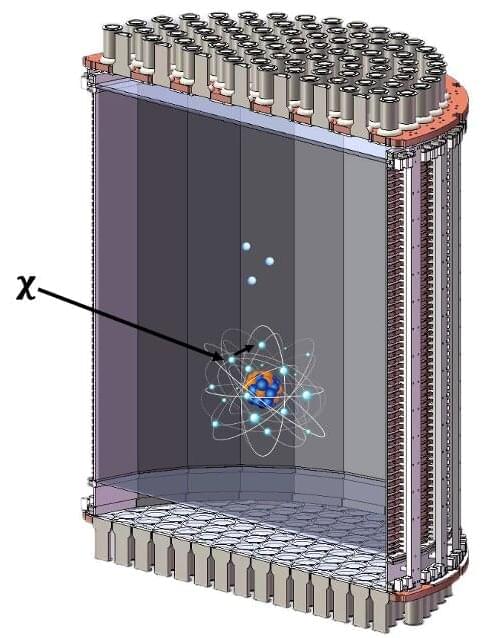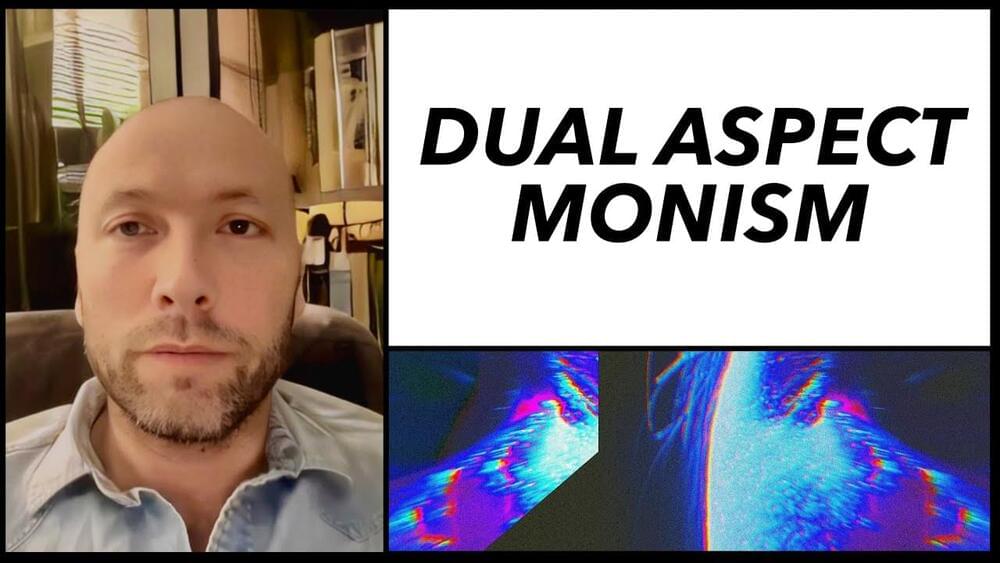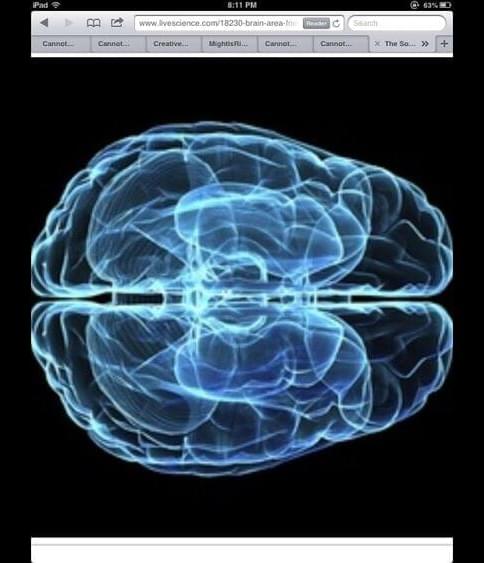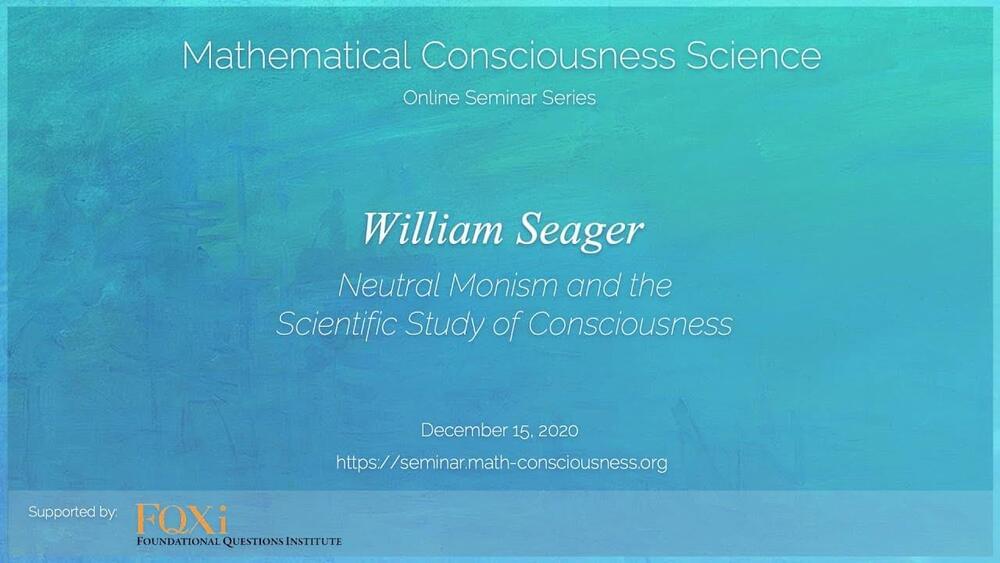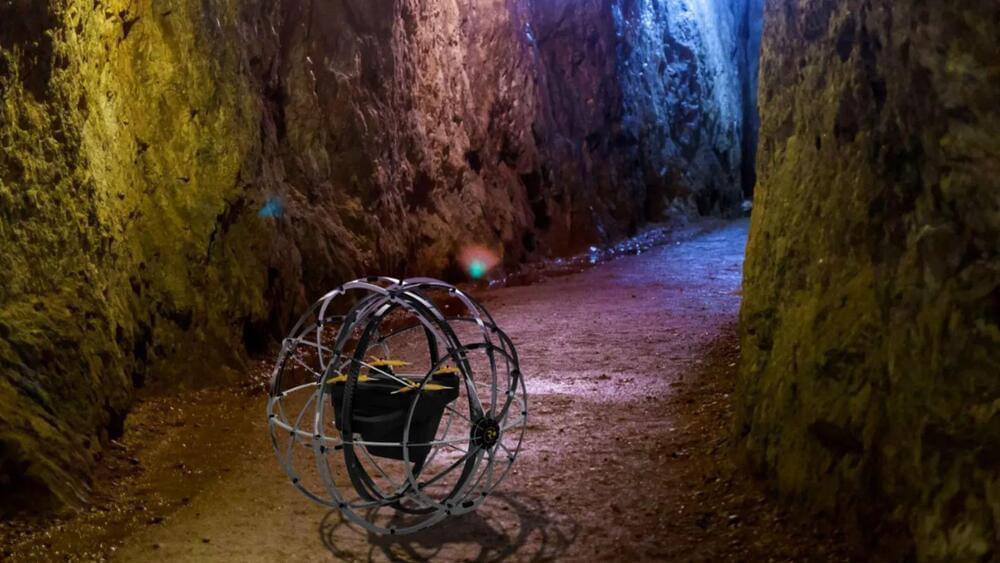Jul 19, 2023
Using dragonfly wings to redesign a Boeing 777 to be lighter, stronger and more sustainable
Posted by Jose Ruben Rodriguez Fuentes in categories: sustainability, transportation
Throughout history, humans have observed and sought inspiration from many aspects of nature to improve flight efficiency, maneuverability, and stability. And since the days of Leonardo da Vinci, nature-inspired design, also known as biomimicry or bio-inspired design, has played and continues to play a significant role in the development of aviation.
Now, in a paper published in Advanced Science, Masoud Akbarzadeh of the Weitzman School of Design at the University of Pennsylvania and his former Ph.D. student Hao Zheng build upon the principles of biomimicry by drawing inspiration from the wing of a dragonfly to redesign that of a Boeing 777.
“Nature’s a great teacher in telling us how to optimize systems,” Akbarzadeh says. “And when you look at a dragonfly, you see wings that have evolved over millions of years into an incredibly lightweight, efficient, and strong structure.”
